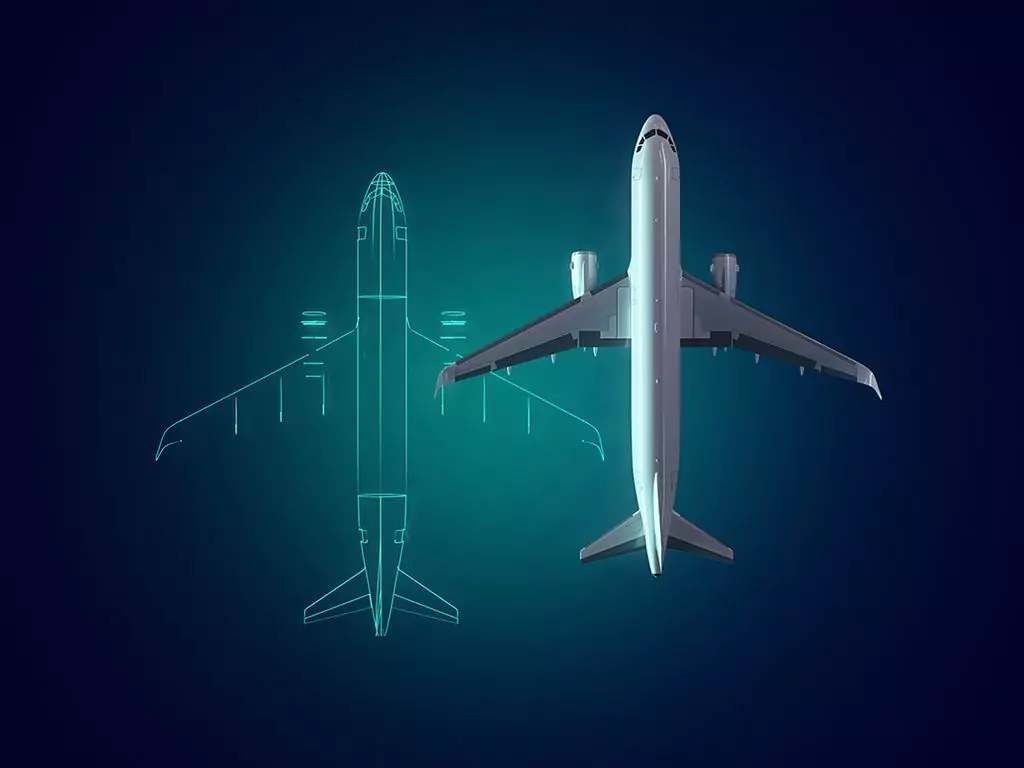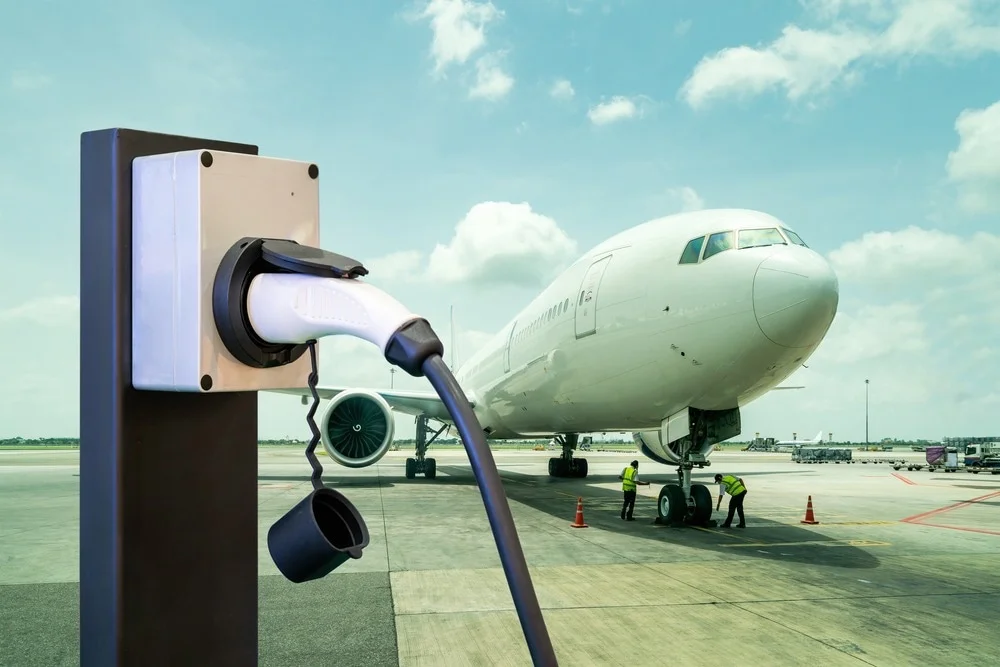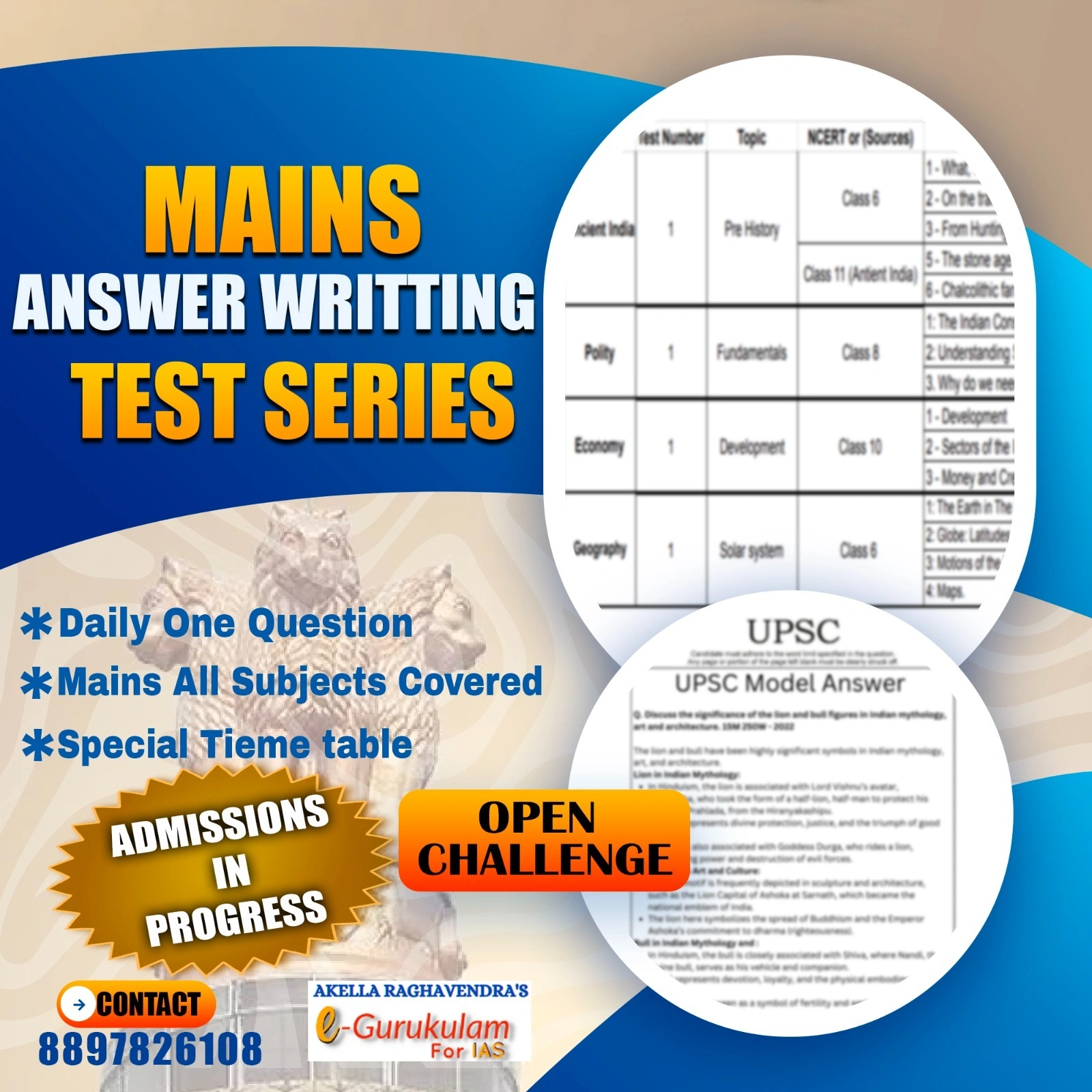Electric Aircraft Developments & India's Aviation Decarbonization Plan
The global aviation industry, which contributes approximately 2.5% of global CO₂ emissions and nearly 12% of total transport emissions, faces mounting pressure to decarbonize. In line with the International Air Transport Association (IATA)'s target of achieving net-zero carbon emissions by 2050, electric aircraft and sustainable aviation fuels (SAF) have emerged as key strategies to transition toward cleaner aviation.
India, as the third-largest domestic aviation market in the world (after the US and China), is undertaking significant steps to align its aviation industry with global decarbonization targets. The government has announced comprehensive plans for introducing electric aircraft, promoting sustainable aviation fuels (SAFs), and enhancing infrastructure to support low-carbon aviation.
This report explores:
- Recent electric aircraft developments
- India’s aviation decarbonization policy framework
- Major industry players and collaborations
- Challenges and opportunities in achieving net-zero targets
- Strategic outlook for 2025 and beyond
1. Global Electric Aircraft Developments (2024–2025)
Rise of Electric Propulsion Systems
Electric propulsion systems are being integrated into both small and large commercial aircraft. Key developments in 2024–2025 include:
- Vertical Take-Off and Landing (eVTOL) Aircraft
- Joby Aviation (US):
- Joby’s electric air taxi received FAA certification in early 2024.
- Commercial operations expected to begin in 2025.
- Lilium (Germany):
- Expected commercial launch by 2026.
- Joby Aviation (US):
- Fully Electric Regional Aircraft
- Heart Aerospace (Sweden):
- Heart ES-30 electric regional aircraft secured orders from Air Canada and SAS in 2024.
- Range: 200 km on full-electric; hybrid mode extends range to 400 km.
- Wright Electric (US):
- Testing of Wright 1 (186-seater) hybrid-electric aircraft underway since late 2024.
- Expected commercial launch by 2027.
- Heart Aerospace (Sweden):
- Hydrogen-Electric Hybrid Aircraft
- ZeroAvia (UK):
- Successfully tested hydrogen-electric engine on a Dornier 228 in March 2024.
- Plans for commercial launch by 2027.
- Airbus (France):
- Airbus ZEROe program developing three hydrogen-powered models (blended wing, turbofan, and turboprop).
- Expected commercial service by 2035.
- ZeroAvia (UK):
Battery and Charging Infrastructure Innovations
-
Rolls-Royce:
- Testing of 2 MW electric motors for hybrid and electric aircraft.
- Collaboration with Airbus for battery systems and lightweight composites.
-
NASA Electrified Powertrain Flight Demonstration (EPFD):
- Collaboration with Boeing and GE for megawatt-class electric propulsion.
The shift toward electric aircraft is expected to reduce fuel consumption and emissions by 30%–50% by 2040.
India’s Aviation Decarbonization Plan
Government Policy and Regulatory Framework
India has committed to the global aviation decarbonization framework under ICAO (International Civil Aviation Organization) and IATA. The Ministry of Civil Aviation (MoCA) launched the "National Green Aviation Policy" in 2024 to align India’s aviation sector with global net-zero targets.
Key Objectives:
- Achieve net-zero aviation emissions by 2070 (aligned with India’s national net-zero target).
- Introduce electric aircraft for short-haul and regional travel by 2025–2027.
- Promote Sustainable Aviation Fuel (SAF) adoption to replace 20% of aviation fuel by 2030.
- Encourage development of charging and refueling infrastructure at major airports.

Sustainable Aviation Fuel (SAF) Policy
- Current SAF Adoption in India:
- India's SAF production capacity is 80 million liters
- Target: Increase to 3 billion liters annually by 2030.
- Key Collaborations:
- Boeing partnered with Hindustan Petroleum Corporation Limited (HPCL) to establish a SAF production plant in Madhya Pradesh (operational by 2025).
- Air India and IndiGo committed to using SAF blends in domestic flights starting in 2024.
- SAF Tax Incentives:
- Reduction in GST from 18% to 5% for SAF.
- Carbon credits under the Carbon Market Mechanism introduced in 2024.
SAF is expected to reduce lifecycle emissions by 70%–80% compared to conventional jet fuel.
Infrastructure and Fleet Modernization
- Green Airports:
- Airports in Delhi, Mumbai, and Bengaluru are transitioning to 100% renewable energy.
- Installation of electric charging stations for electric and hybrid aircraft at major airports.
- Fleet Modernization:
- IndiGo ordered 500 Airbus A320neo aircraft with enhanced fuel efficiency in 2024.
- Air India signed an order for 470 Boeing and Airbus jets with sustainable fuel capability.
Fleet replacement and modernization are expected to reduce emissions by 20% by 2030.
Domestic Electric Aircraft Development
- HAL (Hindustan Aeronautics Limited):
- Developing a 9-seater electric commuter aircraft.
- First flight expected in 2026.
- IISc and IIT Bombay:
- Collaboration on developing high-density batteries for electric aircraft.
- Goal: Extend electric flight range to 1,000 km by 2030
India aims to domestically manufacture electric aircraft for regional connectivity and short-haul travel by 2028–2030.
Challenges and Barriers
- Technology Limitations
- Current battery technology limits flight range to 500 km or less.
- Lithium-ion batteries have weight and energy density limitations.
- SAF Production Cost
- Current SAF production cost = ₹110–₹130/liter (twice the cost of traditional jet fuel).
- Requires government subsidies and market incentives to scale up.
- Infrastructure and Regulatory Delays
- Need for new airport infrastructure to handle electric and hydrogen aircraft.
- Regulatory framework for SAF certification and carbon credits still evolving.
Strategic Outlook for 2025–2030
Projected Emission Reduction Pathway (India):
| Strategy | Target (2030) | Expected Emission Reduction |
|---|---|---|
| Sustainable Aviation Fuel (SAF) | 20% of total fuel consumption | -15% emissions |
| Electric Aircraft Deployment | 100 short-haul electric aircraft | -5% emissions |
| Fleet Modernization | 50% of fleet with fuel-efficient aircraft | -20% emissions |
| Green Airports | 70% of major airports using renewable energy | -10% emissions |
Combined strategies could cut aviation emissions by 40% by 2035.
India's aviation sector is at a pivotal juncture. The combination of electric aircraft, sustainable aviation fuel, and infrastructure upgrades is positioning India as a leader in green aviation. However, the pace of progress will depend on overcoming technological barriers, ensuring favorable regulatory frameworks, and scaling up SAF production. Successful implementation could reduce India's aviation emissions by nearly 40% by 2035 and place the country on track to achieve net-zero aviation by 2070.













